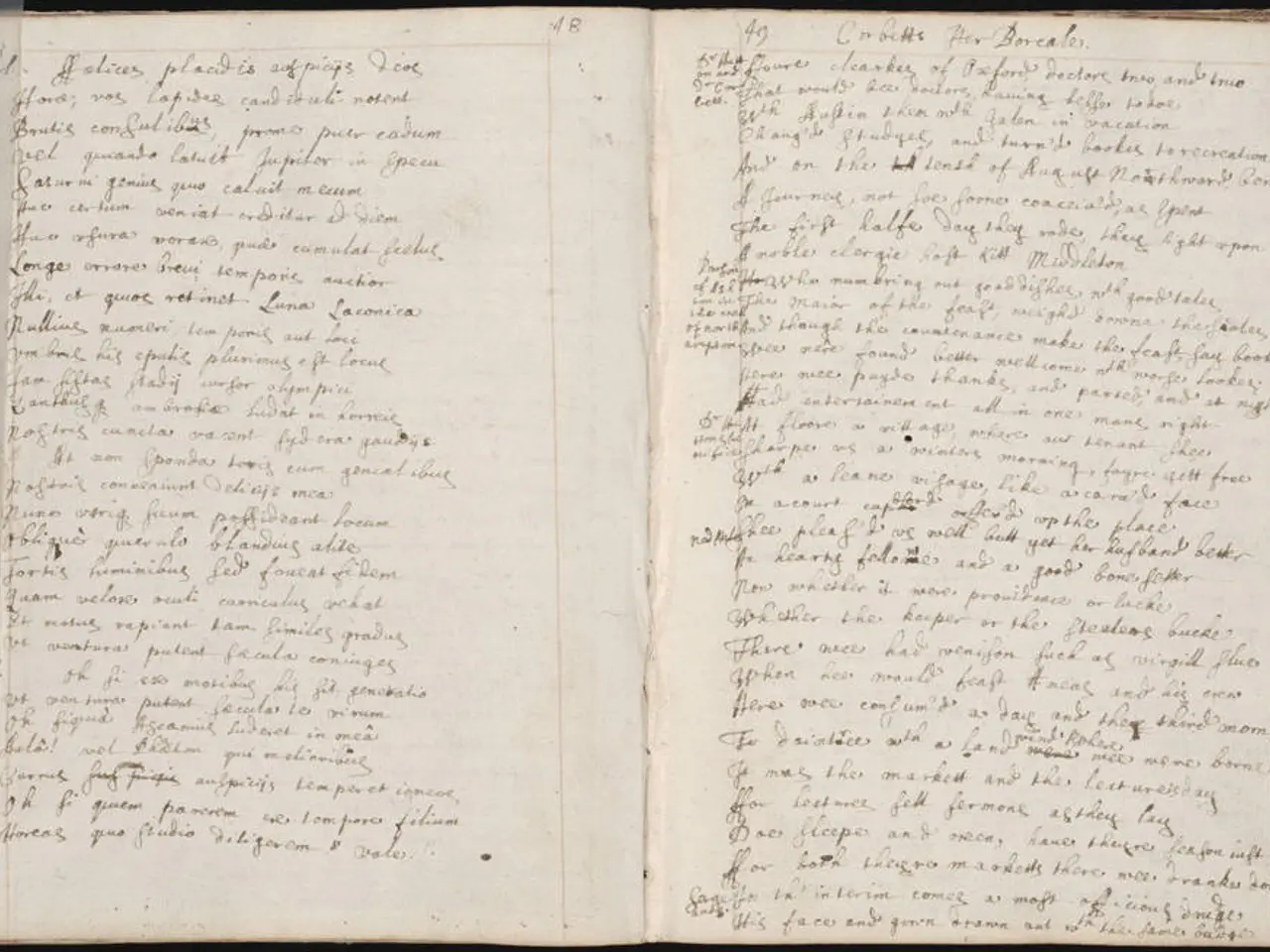Prehistoric Methods of Audio Enjoyment: A Look at Music Playback Prior to the Vinyl Era
Let's talk about the predecessor of your favorite vinyl records: 78s!
These bad boys, also known as Gramophone records, have been spinning tunes since the early 1890s, with a lifespan of about 60 years. They had a reputation for being heavy, fragile, and playing at 78 revolutions per minute (RPM). But why the hell did they roll at that speed? Well, the science behind it all is rather scarce. Quite a few experiments with various speeds occurred over time, but 78 RPM ended up being the popular choice—not because of a brilliant, calculated decision, but mostly due to industry practices.
In the early days, recordings were acoustic. That's right, folks! The sound was channeled through a horn, and the vibrations produced by that horn were then captured to cut the grooves in the records. Different instruments were placed at varying distances from the horn based on their volume and whatever else was being recorded. Check out the picture above for a rundown on how it all went down.
As for the material used in these ancient records? Yep, you guessed it—one-third shellac and two-thirds mineral filler, like stone, such as limestone. This combination was used from 1895 until the 1950s, with the practice sticking around in less industrialized countries until the 60s. So, you can thank the good ol' female lac bugs in Thailand and India for shellac, a resource that made these records brittle and prone to shattering if a mere drop of water fell on them.
Finding better materials for records was on everyone's minds, but success eluded innovators for quite some time. Experiments with alternative materials resulted in poor sound quality and failed sales. One of the most notable attempts was Durium, which was popular in the UK but succumbed to The Great Depression in the US. Give the video below a gander to see Durium in action!
Albums, as we know them today, were born with the 78s in the 30s. Record companies started pressing collections of songs onto three or four records, including artwork and liner notes. These 'albums' were similar to LPs (first produced in 1948), and this setup is what we now recognize as an album.
Quick Facts:- The 78 RPM standard evolved through industry practice rather than a single decision.- Shellac, a material secreted by female lac bugs, was the dominant material for 78 RPM records.- Efforts continued to find better record materials, but advances were largely held back by technical and economic constraints.
In the early stages of record production, the choice of playing music at 78 revolutions per minute was more a product of industry practices rather than a calculated decision based on scientific research. The materials used for the 78 RPM records, predominantly shellac and mineral filler, were prone to poor sound quality and brittleness, which made them vulnerable to shattering.







